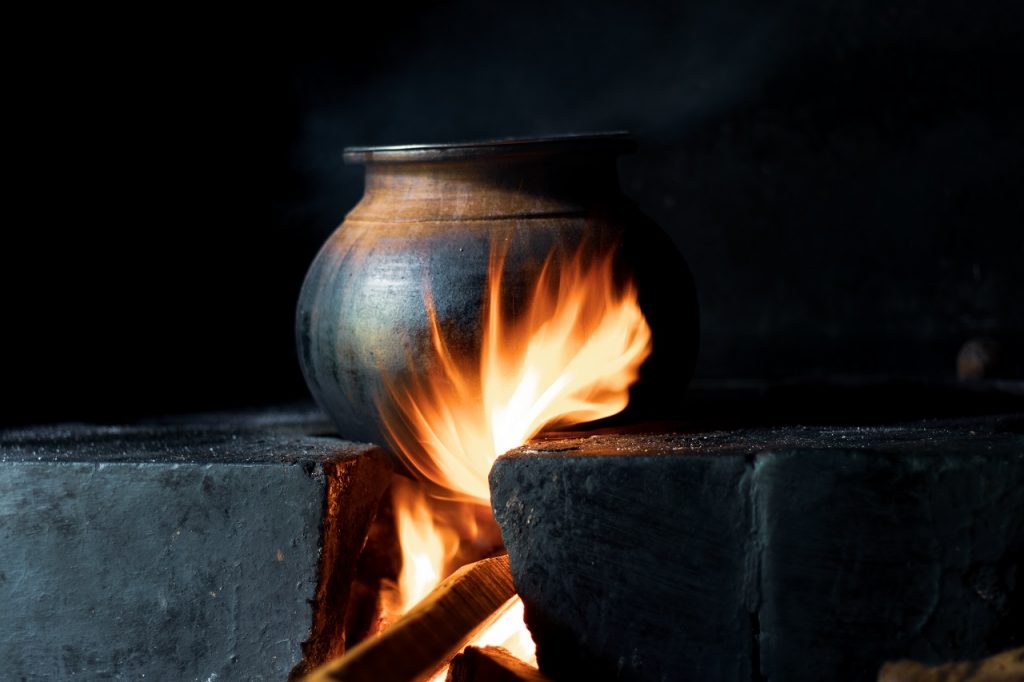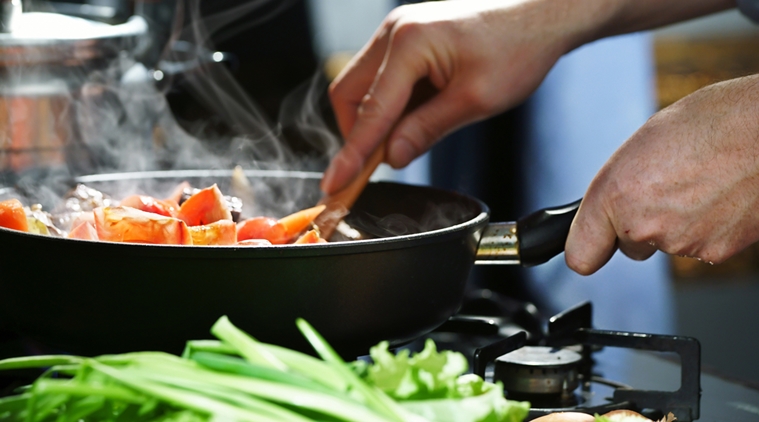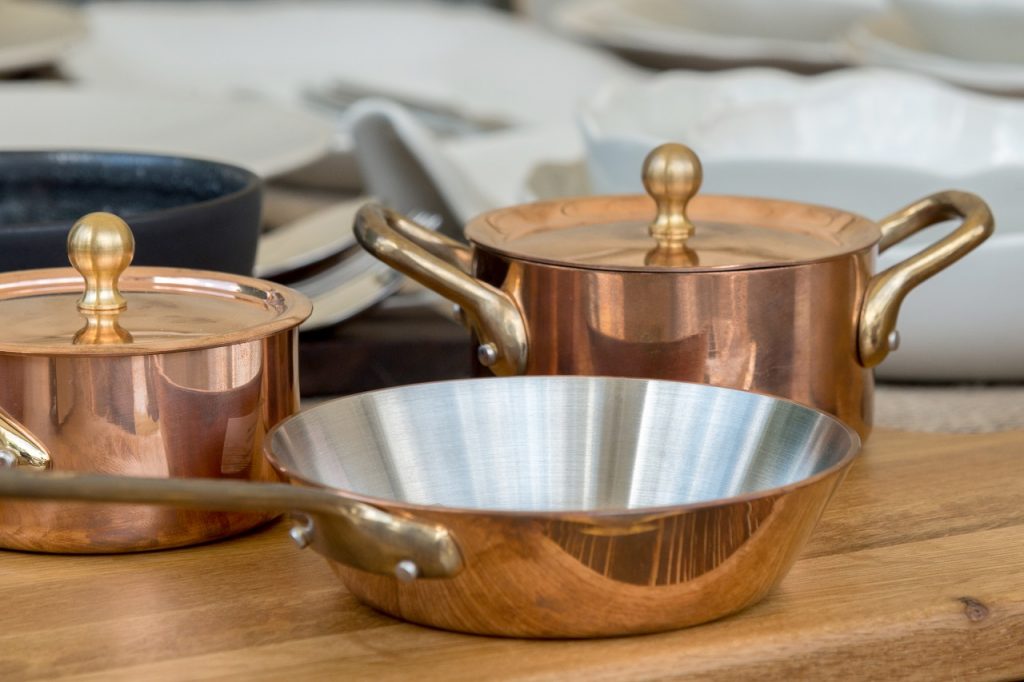
As we are becoming more and more health conscious, trying to eat healthier meals, we cannot overlook the cookware used to prepare those meals. The vessels we choose have a great impact on the taste, quality and nutritional value of food. While Researching about which cookware is the best for our health, I always noticed that clay pots are on top of the list but I was never sure if I can really cook my regular food in them. A few weeks back, after a lot of research on how we can use them for regular cooking, I gave it a try and bought one home. Now I can confidently say that everyone should give them a try. In fact, I am planning to buy some more as I find more space in my kitchen to keep them safely. Before you get convinced by my experience, let’s understand why you should be switching to clay pots.
Benefits Of Using Clay Pots
- They infuse your food with calcium, magnesium, iron, phosphorus, sulphur and many other minerals depending on the composition of clay used in making these pots.
- Help in restoring pH balance of food as clay is alkaline in nature.
- Lends a nice earthy aroma and enhances the flavor of your food which metal pans usually destroy.
- Preparing food in clay pots requires slow cooking which helps retain maximum nutrition.
- Less oil is required while cooking in clay pots as the porous nature of clay pots allows heat and moisture to circulate evenly.
- Prevents us from harmful chemicals and metals that leach into our food while cooking in metals like aluminium and non-stick cookware.
- They are pocket friendly and available in different sizes and shapes.
- Environmentally friendly and completely biodegradable.
How To Choose Them
Clay pots are available in glazed and unglazed form. Both have their own set of advantages.
Glazed ones are ready to use, have a shiny appearance and are easy to clean. These encourage good steam circulation due to low ability to absorb water. But sometimes, their glaze could be of low quality that may contain harmful chemicals. On the other hand, unglazed pots need a little bit more care being more porous, but have better ability to balance the pH of food.
How To Use Clay Cookware
- Clay cookware needs to be prepared prior to first use by immersing them in water for 24 hours or at least overnight.
- Next day, scrub and rinse it and let it dry. Then you need to soak it in starch water/rice, cooked water/rice soaked water for one more day.
- Wash it again and dry it under the sun. After drying, wipe it with any vegetable oil and dry it under the sun till the oil is absorbed by the pot.
- Your clay pots are ready to use now.
- Though this preparation process seems long but ensures a long life to your clay pots.
How To Maintain Clay Pots
Some points are needed to be kept in mind while using clay pots in your daily routine.
- Never keep hot clay pots on a cold surface or put cold water in a hot pot. This temperature shock may cause cracks.
- You may not want to clean them with soap as it will enter into small pores of the pots which can mix into food while cooking. Use ash, baking soda and salt, rice flour or gram flour to clean these pots.
- These pots work well on a regular gas stove, but never heat empty pot on very high flame. During cooking, it is advisable to keep the flame medium to low.
If you haven’t got a hold of clay pots yet, I suggest getting one and experiencing the goodness and flavor in food that usual cookwares lack. I hope this article helps you if you plan on using one. Do leave your thoughts and queries in the comments below!
For more useful information, check out Healthy Reads or reach out to our certified experts by subscribing to GOQii’s Personalised Health Coaching here.
#BeTheForce

 If cooking is an art, then the utensils are the canvas. With different cuisines in our country, even the variety of utensils are different – each has its own use. This makes it essential to know how the metals react to different foods. While we’re busy choosing fancy non-stick cookware or microwave friendly utensils, we need to understand that they aren’t safe as they can harm your health in the long run. Back in the day, clay pots, iron, brass and bronze utensils were used for cooking as they not only preserved the nutrients in food but also enhanced the taste.
If cooking is an art, then the utensils are the canvas. With different cuisines in our country, even the variety of utensils are different – each has its own use. This makes it essential to know how the metals react to different foods. While we’re busy choosing fancy non-stick cookware or microwave friendly utensils, we need to understand that they aren’t safe as they can harm your health in the long run. Back in the day, clay pots, iron, brass and bronze utensils were used for cooking as they not only preserved the nutrients in food but also enhanced the taste.


